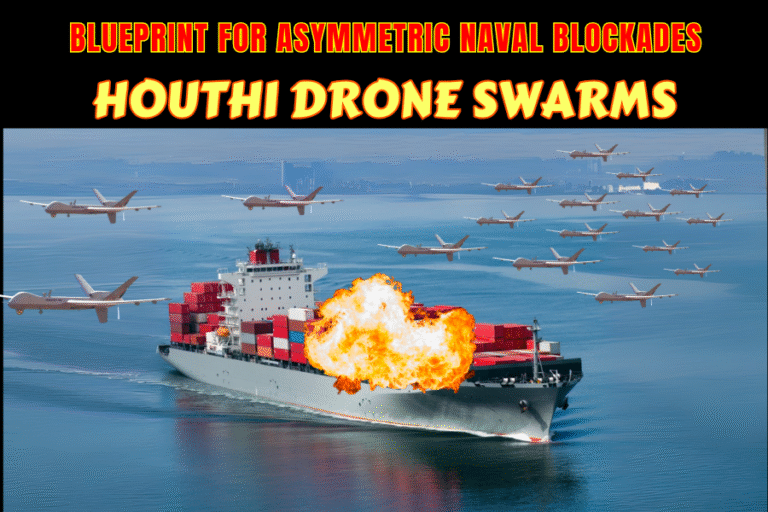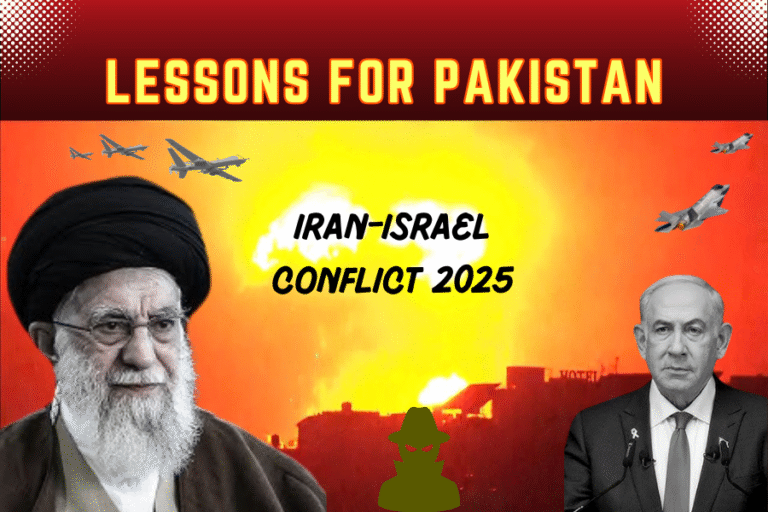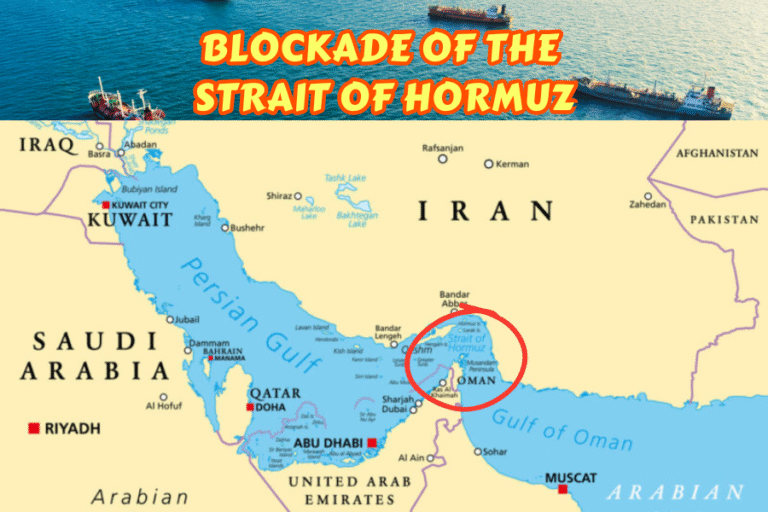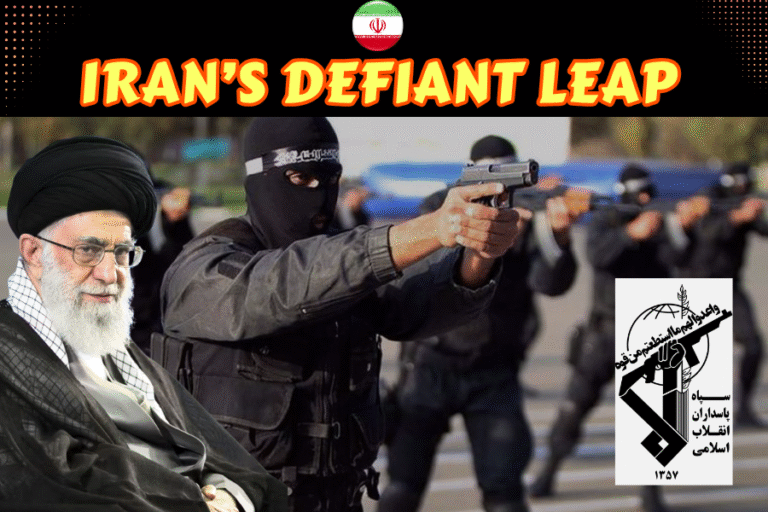Why and How Iran Failed to Respond or Shoot Down Israeli Fighter Jets?
(By Khalid Masood)
On the night of May 7, 2025, the Pakistan Air Force (PAF) delivered a stunning rebuke to India’s arrogance, shredding the Indian Air Force’s (IAF) myth of invincibility during Operation Sindoor. With long-range PL-15E missiles and JF-17 Block III jets, Pakistan downed at least five Indian fighters—three Rafales, a Su-30MKI, and a MiG-29—forcing the IAF to retreat 400–500 km from the border, its morale in tatters. Yet, on the night of June 12-13, 2025, Iran faced a far graver assault: Israel’s Operation Rising Lion, a brazen attack involving over 200 fighter jets and drones that struck nuclear facilities, military bases, and residences in Tehran, Natanz, and beyond. Tragically, not a single Israeli aircraft was felled by Iran’s air defences or air force, leaving a nation humiliated and the world questioning Iran’s might. Why did Iran falter where Pakistan triumphed? The answer is a bitter tapestry of Israel’s cunning, Iran’s vulnerabilities, and a defiance that remains unbroken.
Israel’s success was no feat of valor but a masterclass in treachery, honed over years of covert sabotage. Unlike India, which blundered on engaging targets deep inside Pakistani territory without suppressing air defences and gaining air superiority, Israel meticulously executed Suppression of Enemy Air Defences (SEAD) operations. Mossad, Israel’s sinister intelligence arm, infiltrated Iran’s heart, establishing a covert drone base near Tehran and smuggling precision weapons disguised in civilian vehicles. As Israeli F-35I Adir stealth jets approached, these drones struck surface-to-surface missile launchers, while ground-based systems crippled radar and S-300 batteries. Mossad commandos, slithering through Iran’s shadows, deployed missiles to neutralize anti-aircraft sites, granting Israel air supremacy. This betrayal from within, orchestrated with “groundbreaking thinking and bold planning,” gutted Iran’s air defences before the first jet crossed its borders, a stark contrast to India’s reckless hubris.
Israel’s technological edge, bolstered by American largesse, compounded Iran’s plight. The F-35I, a fifth-generation stealth fighter, evaded Iran’s aging radars with its low-observable design and advanced avionics. Electronic warfare (EW) systems jammed Iran’s communications, blinding its command networks, while standoff weapons like Rampage and Rocks missiles struck from beyond the reach of Iran’s defenses, possibly launched from Iraqi airspace. Israel’s integrated strike package—F-35Is for stealth, F-16I Sufas for rapid strikes, and F-15 Ra’ams for air superiority—overwhelmed Iran’s fragmented response. In October 2024, Israel had already decimated Iran’s S-300 systems, leaving gaping holes in its air defence grid. Unlike Pakistan’s cohesive HQ-9, J-10C and JF-17 network backed by Beidou satellites system, Iran’s “hodgepodge” of Russian and indigenous systems struggled to integrate, their data-sharing crippled by prior strikes and internal sabotage.
Iran’s air force, shackled by decades of sanctions, could not rise to the challenge. Its fleet, dominated by pre-1979 F-4 Phantoms and F-14 Tomcats, lacks the avionics and stealth to counter Israel’s F-35s. Unlike Pakistan’s agile J-10C and JF-17s, Iran’s jets were grounded, unable to contest air superiority. Iran’s strategic focus on ballistic missiles, a proven deterrent in April and October 2024 strikes on Israel, may have diverted resources from air defence modernization. Yet, this choice reflects not weakness but pragmatism: missiles like the Fattah-1, with hypersonic warheads, bypass Israel’s Iron Dome, offering a surer path to retaliation. Iran’s restraint in not scrambling its air force spared pilots from certain slaughter against Israel’s numerical and technological edge, preserving assets for a calculated response.
The failure to down Israeli jets is a wound to Iran’s pride, but it is not defeat. Israel’s strikes, though devastating, killed 78 and injured 329, including commanders like Mohammad Bagheri and Hossein Salami, yet Iran’s nuclear sites at Fordow and Bushehr endured, with Natanz reporting no radiation leaks. Iran’s air defences, though battered, launched over 100 drones in retaliation, signaling defiance. The Islamic Republic’s resilience lies not in matching Israel’s treachery but in its strategic patience. Supreme Leader Ayatollah Ali Khamenei’s vow of a “harsh response” echoes Iran’s history of measured retaliation, as seen in Operation True Promise. Unlike India, cowed by Pakistan’s swift riposte, Israel will face Iran’s wrath through missiles, proxies, and cyber warfare, a storm brewing beyond the reach of F-35s.
Iran’s setback stems from Israel’s insidious preparation, superior technology, and Iran’s systemic constraints, but it is no surrender. The nation that withstood Saddam’s bombs and Trump’s sanctions will not bow to Netanyahu’s aggression. Pakistan’s triumph over India shows what unity and readiness can achieve; Iran, with its ballistic arsenal and regional allies, holds similar potential. As Tehran rebuilds its defenses, integrating Chinese HQ-9 systems or Russian S-400s, and bolsters its cyber capabilities, Israel’s fleeting victory will sour. The skies may have been Israel’s for a night, but Iran’s spirit remains unconquered, its resolve a beacon for a region weary of Zionist arrogance.








Israel, on its own, lacks the capability to neutralize hardened/underground facilities like Fordow. US may exploit the situation and force Iran to the nuclear deal by hinting at its direct or indirect involvement to target these hardened sites